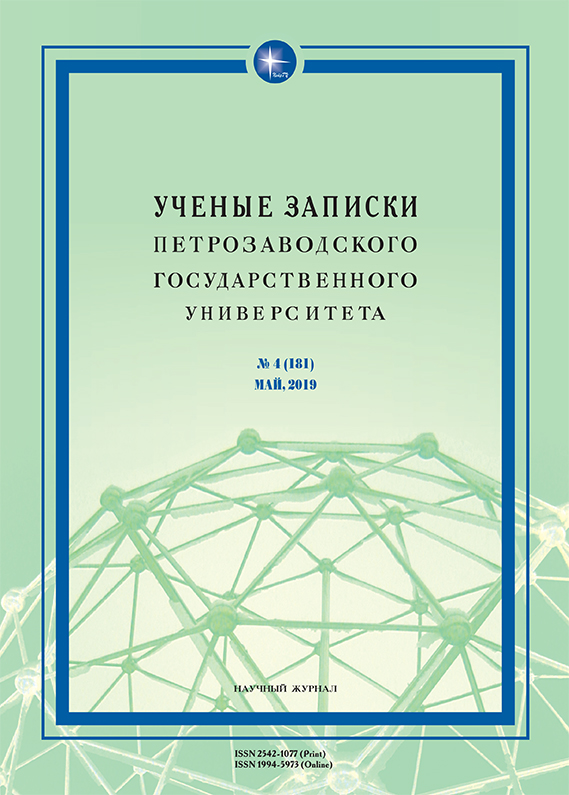АРХЕОЛОГИЯ И ИСТОРИЯ КИРЬЯЖСКОГО ПОГОСТА.
ФОРМИРОВАНИЕ ПОСЕЛЕНЧЕСКОЙ СТРУКТУРЫ
ARCHEOLOGY AND HISTORY OF THE KIRYAZH POGOST.
FORMATION OF THE SETTLEMENT STRUCTURE
Author(s): Svetlana Ivanovna Kochkurkina, Marina Igorevna PetrovaSubject(s): History
Published by: Петрозаводский государственный университет
Keywords: archaeological sites; Kiryazh Pogost; Kurkijoki; settlement structure; medieval Karelia; topography; toponymy
Summary/Abstract: Historical and archaeological study of the Kiryazh Pogost enabled to outline the main stages of the development of an important trade center in Medieval Karelia. Favorable climatic factors and the involvement of the local population in international trade led to the flourishing of the territory between the X and the XIV centuries. The development of the settlements can be traced through archaeological sites: burial grounds, settlements, treasures, and random finds. Methods of cartographic documentation of the studied sites were used for studying the evolution of historical and cultural landscapes of the Kiryazh Pogost. Within the borders of the modern village of Kurkijoki, nine patronymic villages are located, which once formed the center of the Pogost. A sustainable settlement structure, directly related to the archaeological sites, is described for the first time. Fourteen coastal villages were localized on the basis of toponymic data and written sources of the XV–XVI centuries. Localities were placed on the sites of trading posts, portage tracks or watchposts and later developed into integrating cultural centers. The core of the Kiryazh Pogost with the villages of Kuuppala, Rahola, Hämeenlahti, Soskua, Riekkala and Otsanlahti is marked by the concentration of archaeological finds. The remote coastal villages had their centers in the villages of Lapinlahti and Tervu. Later, the church and administrative division into pogosts and tax districts was formed taking into account ancient tribal boundaries while preserving the main settlement centers.
Journal: Ученые записки Петрозаводского государственного университета
- Issue Year: 2019
- Issue No: 4 (181)
- Page Range: 11-18
- Page Count: 8
- Language: Russian

